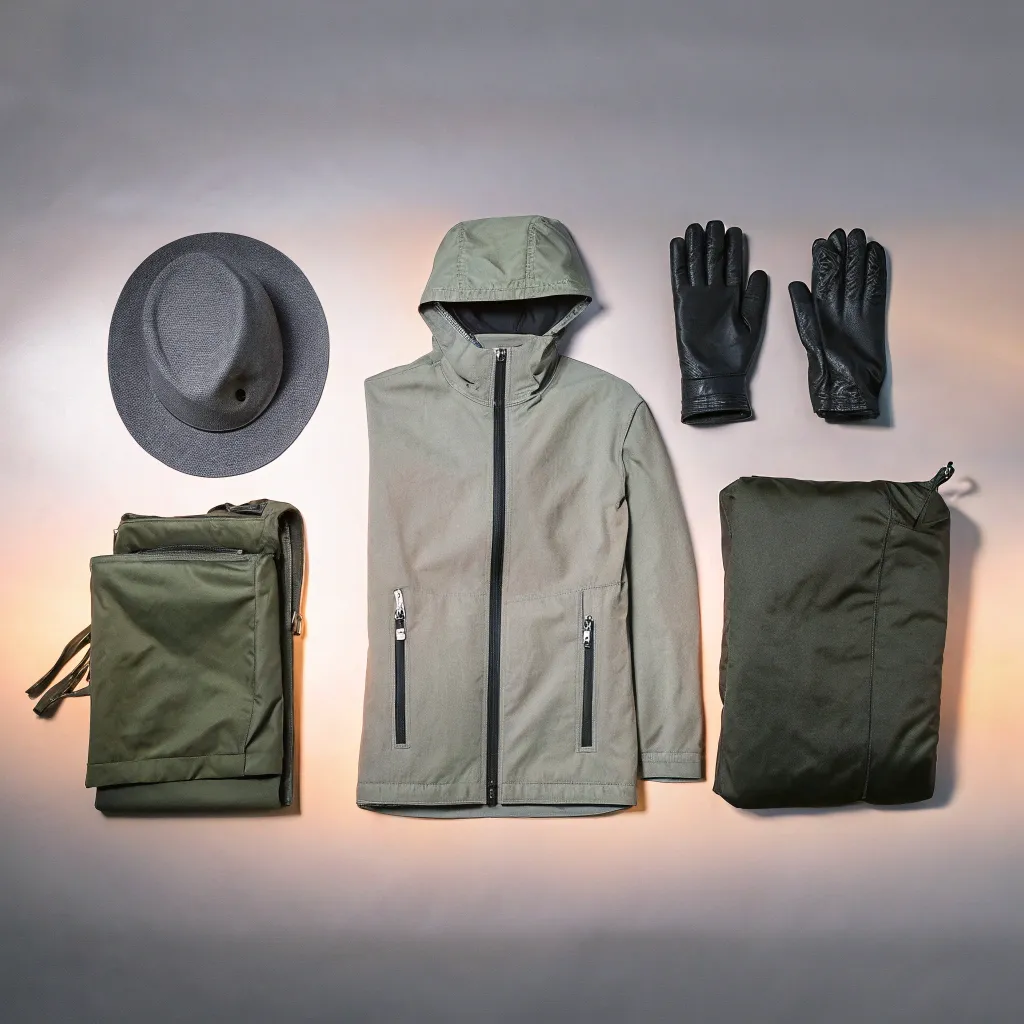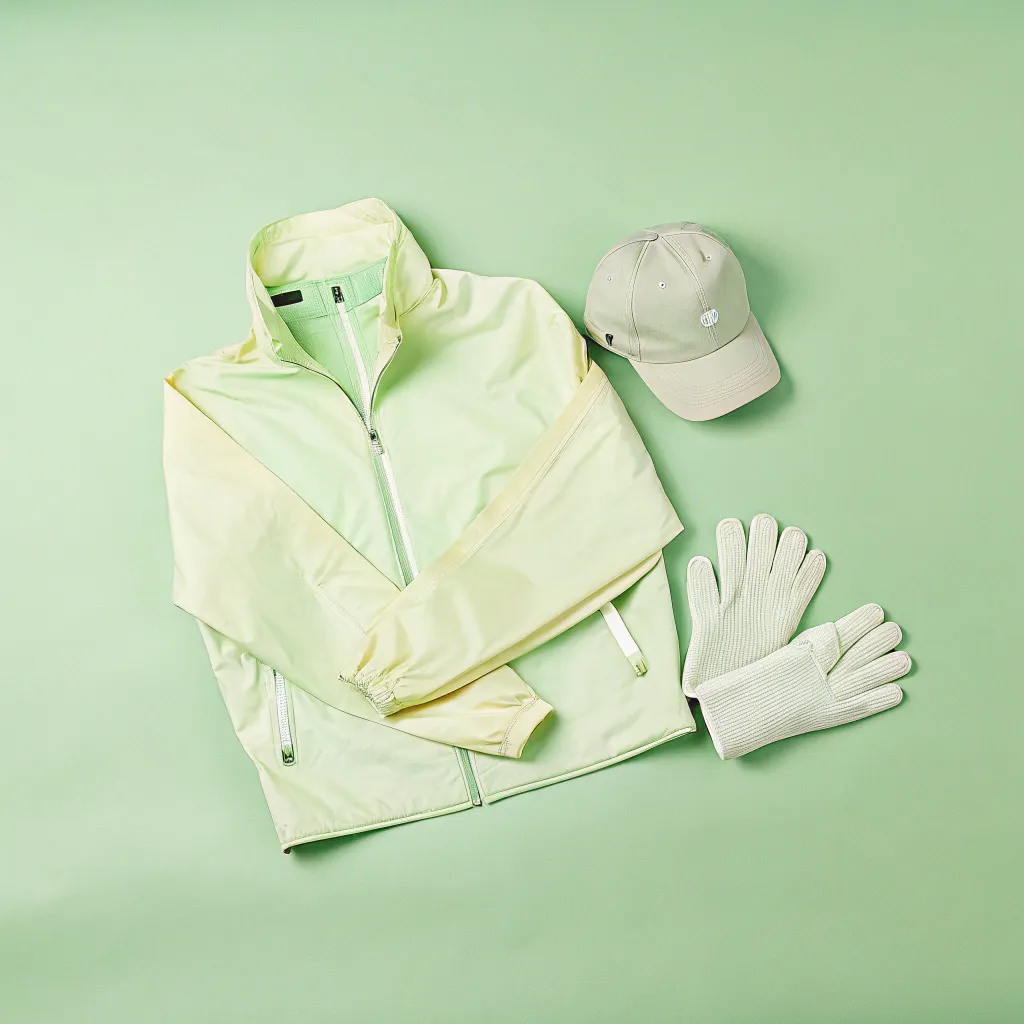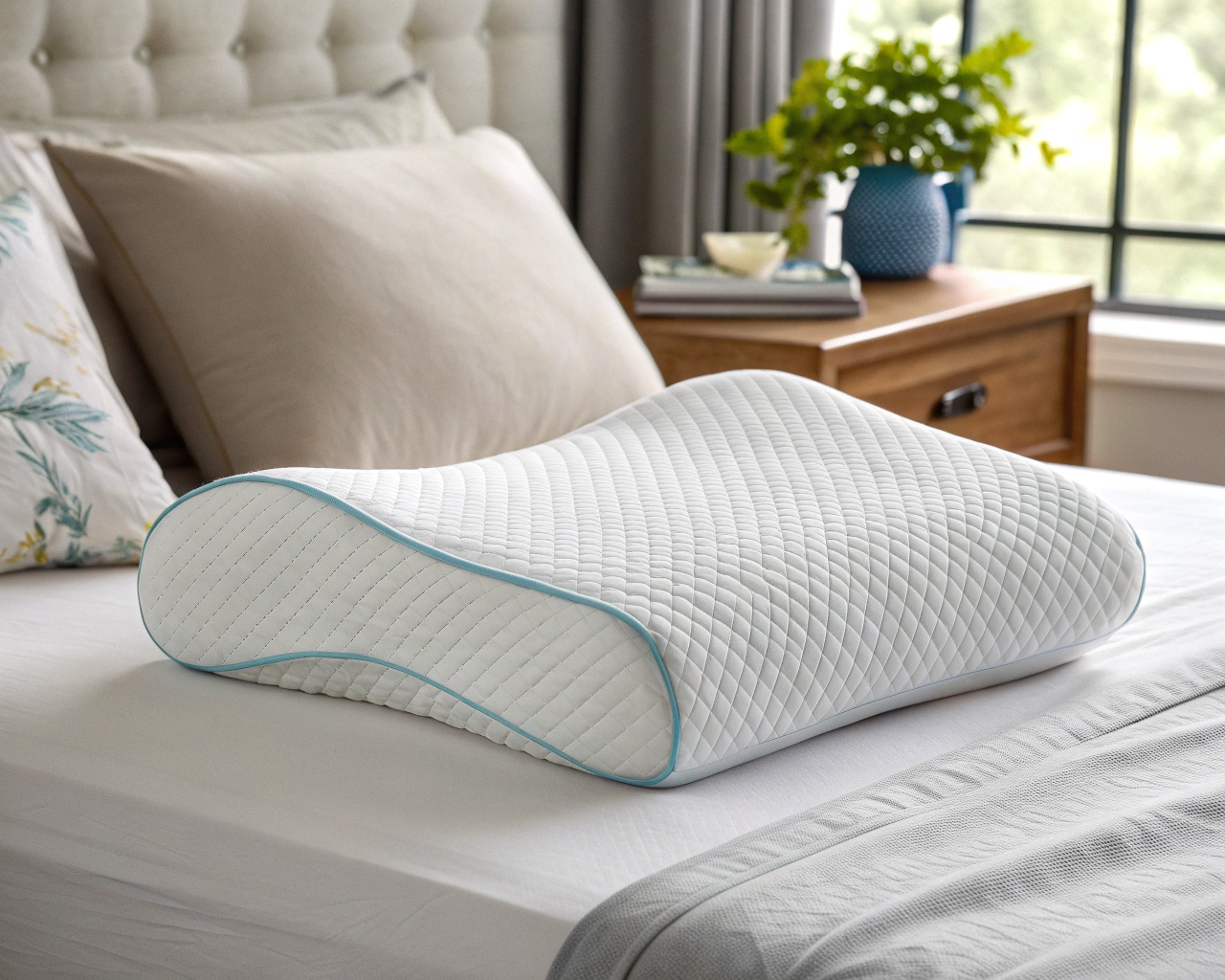Seasonal activities bring joy and adventure, but they often come with the challenge of acquiring specialized equipment that might only see use for a few months each year. Whether you're gearing up for ski season, summer water sports, or fall hiking, making smart decisions about seasonal gear can save you money, storage space, and stress. Here's how to get what you need without going overboard.
Assess Your True Commitment Level
Before diving into any seasonal activity, be honest about how committed you really are. Many of us get caught up in the excitement of a new hobby only to abandon it after a few tries.
"I once spent nearly $800 on premium snowboarding gear after just one lesson," admits Mark, an occasional winter sports enthusiast from Colorado. "Three years later, I've used it exactly four times. I should've rented until I knew I'd stick with it."
For beginners, consider these questions:
- How many times will you realistically participate this season?
- Is this likely to become a long-term interest or just a temporary fascination?
- Do you have friends or family who regularly engage in this activity who will keep you involved?

Rental vs. Purchase: Do the Math
Rental options have expanded significantly in recent years, making them a viable alternative to purchasing expensive gear outright. According to Buckman's ski shop, "If skiing is all new to you, renting initially helps you find the right equipment without the commitment."
When deciding between renting and buying:
- Calculate your break-even point. If seasonal rentals cost $30 per use and buying costs $300, you'd need to use the equipment more than 10 times to justify purchasing.
- Consider storage costs. As noted by Speedway Storage, many people end up paying for storage units partly because of seasonal gear that's used only briefly each year.
- Factor in maintenance. Rental fees typically include maintenance and repairs, which can be costly for owned equipment.
What Gear Should You Actually Buy?
Not all seasonal equipment needs to be rented. Some items make more sense to purchase, even for occasional users.
Worth Buying:
- Personal items (swimwear, base layers, gloves)
- Safety equipment that benefits from proper fit
- Versatile pieces that can be used across multiple seasons
Consider Renting:
- High-cost, specialized equipment (skis, snowboards, kayaks)
- Items that require regular maintenance
- Gear that children will quickly outgrow
Vista Bahn Ski Rentals notes that rental packages often "come without the worry of repair costs should gear sustain damage," which provides additional peace of mind for occasional participants.
How Do I Choose Quality Without Overspending?
Last season's models often provide excellent value. Retailers typically discount previous season's inventory by 30-50% when new models arrive, despite minimal year-to-year changes in technology for many items.
"I bought last year's ski jacket at 40% off in April, and honestly, I can't tell the difference from this year's version except for the color options," shares Jamie, an avid skier from Utah.
What About Storage Between Seasons?
Proper storage extends the life of your gear and prevents unnecessary replacements. For items you do purchase:
- Clean thoroughly before storing
- Store in climate-controlled spaces when possible
- Use appropriate storage solutions (hanging wetsuits, standing paddleboards)
Speedway Storage recommends "designating specific storage areas for seasonal items to prevent stress when trying to find something" months later.
By thoughtfully assessing your needs, considering rental options, and making strategic purchases, you can enjoy seasonal activities without the financial burden and storage headaches of excessive gear accumulation. Remember, the goal is to enhance your enjoyment of the season—not to create a new storage problem.






